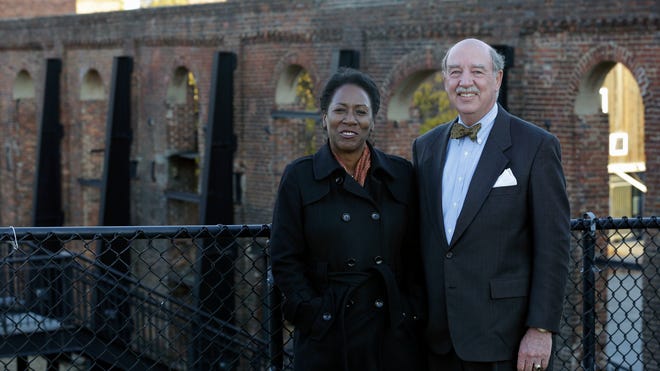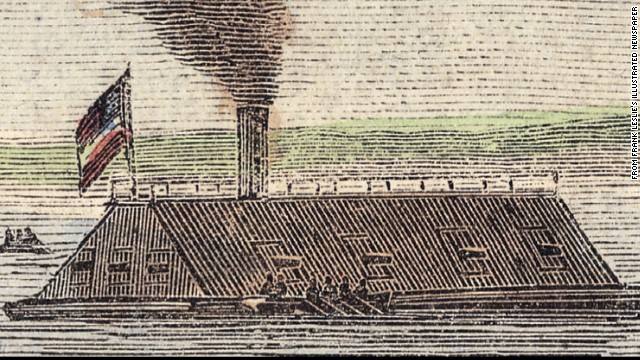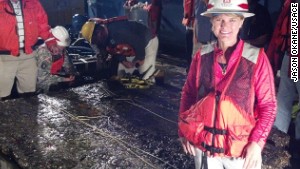Selma activist Faya Rose Toure arrested after speaking out against city land donation for Nathan Bedford Forrest monument
MONTGOMERY, Alabama --- Longtime political activist Faya Rose Toure was jailed Tuesday night after speaking out against the city of Selma donating land for a monument to Nathan Bedford Forrest, according to Toure’s husband, state Sen. Hank Sanders.
Calls to the Selma Police Department and mayor's office were not returned Wednesday afternoon.
The dispute over a monument to Forrest is a long-running one in Selma, a city steeped in history of the Civil War and the civil rights movement.
Forrest was a confederate general who fought in the Battle of Selma and was the first grand wizard of the Ku Klux Klan, according to the Encyclopedia Brittanica.
Sanders said Toure spent Tuesday night in the Dallas County Jail and was released today after the charge of disorderly conduct was dropped. Sanders said Selma Mayor George Evans said he wanted her removed from the city council meeting Tuesday night but had not intended for her to be charged.
The senator said Toure, also known as Rose Sanders, was arrested by Selma police and later transferred to the county jail. Before the charge was dropped and she was released, Toure had refused to pay the $1,000 bond.
“I will stay in jail as long as it takes,” Toure said in a news release from Saving Ourselves: Movement of Justice and Democracy, a coalition of civil rights groups that Toure is active in.
Sanders said there is already a small monument to Forrest on city owned property in Old Live Oak Cemetery.
Plans called for a larger monument at the cemetery, Sanders said. Sanders said for the monument to be on city property was an endorsement of what Forrest stood for.
“That’s just unacceptable for someone who built the KKK into a power and was the first grand dragon,” Sanders said. “They hung and killed black folks for a century and a half.” “If they’re going to have a statue of him, they ought to buy land other than city owned land,” Sanders said.
According to the Selma Times-Journal, the city council on Tuesday night approved a settlement of a lawsuit involving the monument. The settlement called for, among other things, giving a deed to the one-acre site at the cemetery with the Forrest monument to Chapter 53 of the United Daughters of the Confederacy but not allowing original plans to build a taller structure.
The bronze bust of Forrest was stolen from its granite base last year.
Forrest led Confederate forces in an unsuccessful defense of Selma near the end of the Civil War. Selma was a key manufacturing site for cannons and other materials for Confederate Army, according to the Encyclopedia of Alabama.
http://blog.al.com/wire/2013/11/selma_activist_faya_rose_toure.html
Calls to the Selma Police Department and mayor's office were not returned Wednesday afternoon.
The dispute over a monument to Forrest is a long-running one in Selma, a city steeped in history of the Civil War and the civil rights movement.
Forrest was a confederate general who fought in the Battle of Selma and was the first grand wizard of the Ku Klux Klan, according to the Encyclopedia Brittanica.
Sanders said Toure spent Tuesday night in the Dallas County Jail and was released today after the charge of disorderly conduct was dropped. Sanders said Selma Mayor George Evans said he wanted her removed from the city council meeting Tuesday night but had not intended for her to be charged.
The senator said Toure, also known as Rose Sanders, was arrested by Selma police and later transferred to the county jail. Before the charge was dropped and she was released, Toure had refused to pay the $1,000 bond.
“I will stay in jail as long as it takes,” Toure said in a news release from Saving Ourselves: Movement of Justice and Democracy, a coalition of civil rights groups that Toure is active in.
Sanders said there is already a small monument to Forrest on city owned property in Old Live Oak Cemetery.
Plans called for a larger monument at the cemetery, Sanders said. Sanders said for the monument to be on city property was an endorsement of what Forrest stood for.
“That’s just unacceptable for someone who built the KKK into a power and was the first grand dragon,” Sanders said. “They hung and killed black folks for a century and a half.” “If they’re going to have a statue of him, they ought to buy land other than city owned land,” Sanders said.
According to the Selma Times-Journal, the city council on Tuesday night approved a settlement of a lawsuit involving the monument. The settlement called for, among other things, giving a deed to the one-acre site at the cemetery with the Forrest monument to Chapter 53 of the United Daughters of the Confederacy but not allowing original plans to build a taller structure.
The bronze bust of Forrest was stolen from its granite base last year.
Forrest led Confederate forces in an unsuccessful defense of Selma near the end of the Civil War. Selma was a key manufacturing site for cannons and other materials for Confederate Army, according to the Encyclopedia of Alabama.
http://blog.al.com/wire/2013/11/selma_activist_faya_rose_toure.html









